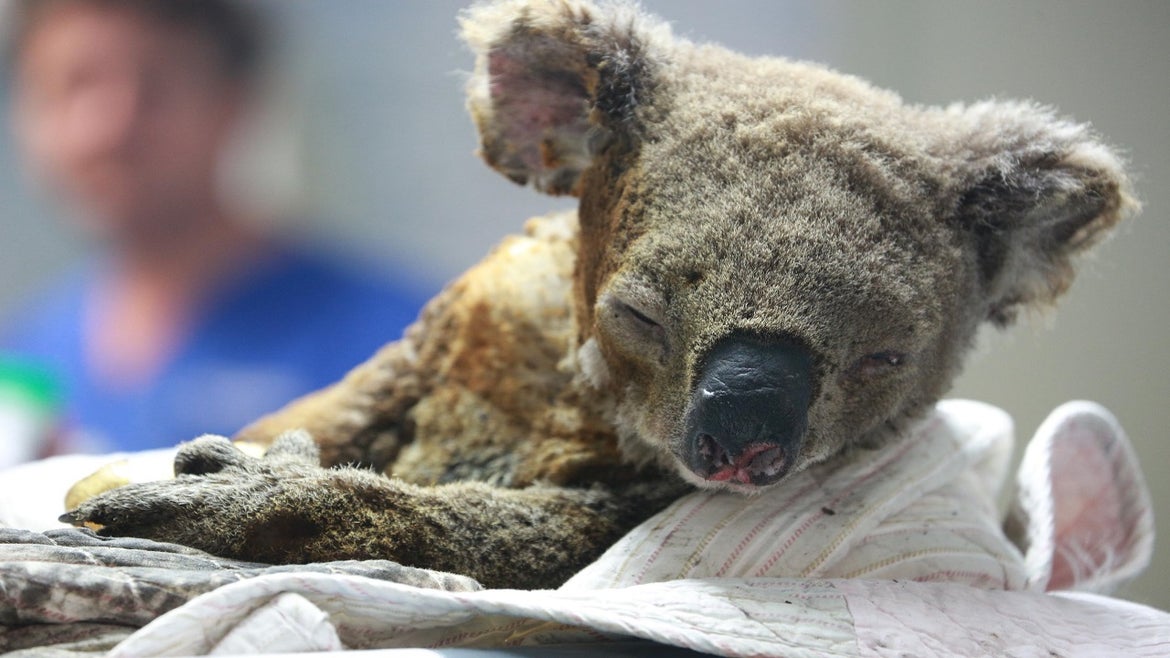Australia's koala bear population is now an endangered species after the country's koala population has been decimated by climate change and disease.
The beloved marsupial mascot of Australia is now an endangered species after years of fires, drought, habitat loss and disease have decimated the country's koala population.
Environment Minister Sussan Ley announced Friday that the designation afforded koalas higher levels of protection in New South Wales, the Australian Capital Territory and Queensland.
Last month, the Australian government ordered $50 million to be spent on helping preserve the species. Environmental groups expressed gratitude for the funds, but said they would amount to "a drop in the ocean" unless extreme measures were taken to address the root causes of the population's drastic decline.
Those causes include climate change, which fueled devastating wildfires on the continent beginning in 2019. Millions of acres were scorched by the fast-moving blazes, destroying the koalas' habitats.
The World Wildlife Fund-Australia estimated some 60,000 koalas had been “killed, injured or affected in some way.”
Australia has lost an estimated one-third of its koala population in the last three years.
“The impact of prolonged drought, followed by the black summer bushfires, and the cumulative impacts of disease, urbanization and habitat loss over the past twenty years" led to the endangered designation, Levy said Friday.
But declaring koalas an endangered species meant little to some environmental groups.
Australian Koala Foundation chairwoman Deborah Tabart said the new classification “doesn’t mean anything.”
The government “may be offering our koalas a nice new word, but behind all the photo opportunities and political rhetoric they continue to approve the destruction of the koala habitat,” she said.
“If the clearing of the koala habitat continues, a further status change is imminent — from endangered to extinct.”






